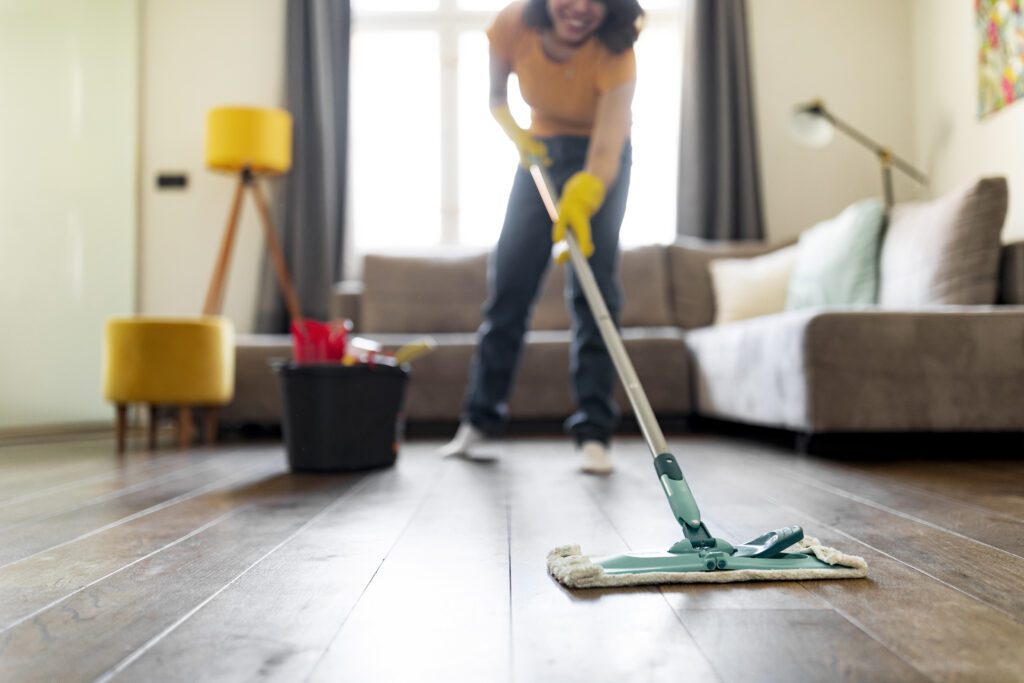When it comes to keeping your Miami home pest-free, preparation is key. Scheduling a pest control treatment is a proactive step toward eliminating unwanted guests like roaches, rodents, mosquitoes, ants, and fleas. However, ensuring that your home is properly prepared for the treatment can significantly enhance its effectiveness and help protect your home and family. Here’s a comprehensive, step-by-step guide on how to prepare your home for a pest control service.
1. Clear the Area
Start by clearing the areas where the pest control technicians will be working. This usually includes:
- Kitchens: Remove any food items, utensils, and small appliances from countertops, cabinets, and pantries. Store food in airtight containers to prevent contamination.
- Bathrooms: Clear off counters and shelves. Make sure toiletries and personal items are removed or covered.
- Closets: Move items away from baseboards and floors to give the technicians access to all potential hiding spots.

2. Clean Thoroughly
Before the treatment, it’s essential to clean your home thoroughly. This helps in several ways:
- Food Debris: Clean up any crumbs, spills, and food debris. Pests like roaches and ants are attracted to food sources, so a clean environment helps reduce their attraction.
- Vacuuming: Vacuum carpets, rugs, and upholstery to remove any pests or eggs. Make sure to dispose of the vacuum bag or empty the canister outside immediately after use.
3. Secure Pets and Children
For the safety of your pets and children, take the following precautions:
- Pets: Remove pets from the treatment area. Ideally, keep them out of the house during and for a few hours after the treatment. Store their food and water bowls in a safe location.
- Children: Keep children away from treated areas and ensure they understand not to touch or play with anything that may have been sprayed or treated.
4. Provide Access
Ensure that the pest control technicians have unobstructed access to all areas of your home:
- Interior Access: Open all cabinets, closets, and doors in the areas to be treated. If the treatment involves the attic or crawl spaces, make sure those areas are accessible.
- Exterior Access: Move any outdoor furniture, potted plants, and other items away from the house to give the technicians room to work on the exterior.
5. Remove or Cover Sensitive Items
Some pest control treatments involve chemicals or treatments that may affect sensitive items. Take these precautions:
- Electronics and Appliances: Cover or move electronic devices and appliances that are sensitive to chemicals.
- Children’s Toys: Cover toys and other items that children might come into contact with after the treatment.

6. Follow Specific Instructions
Each pest control service may have its own set of pre-treatment instructions. Make sure to follow any specific guidelines provided by your pest control company, such as:
- Instructions on Ventilation: Some treatments may require you to keep windows open or avoid using air conditioning for a certain period.
- Precautions for Specific Areas: If the treatment is focused on particular areas of the home, such as the attic or basement, follow any additional instructions provided for those areas.
7. Inform the Technicians
When the pest control technicians arrive, inform them of any concerns or special conditions:
- Known Infestations: Let them know where you’ve noticed the most activity or where you suspect the pests are nesting.
- Special Considerations: If you have any specific concerns about chemicals or have health conditions that may be affected by the treatment, communicate these with the technicians.
8. Post-Treatment Precautions
After the treatment, there are a few steps to follow to ensure the effectiveness of the treatment and the safety of your home:
- Wait Time: Follow the recommended wait time before re-entering treated areas. This information is usually provided by the pest control company.
- Cleaning: Avoid cleaning treated areas immediately after the treatment to ensure that the chemicals have time to work effectively.
- Monitoring: Keep an eye out for any signs of continued pest activity and report them to your pest control company if needed.
By following these steps, you can help ensure that your pest control treatment is as effective as possible and that your home remains a safe and comfortable environment for your family. Remember, proper preparation is essential for successful pest management, so take the time to get it right. If you have any questions or need further assistance, don’t hesitate to contact your pest control provider—they’re there to help you every step of the way.
Taking these steps seriously not only maximizes the effectiveness of the treatment but also contributes to a healthier, pest-free home.